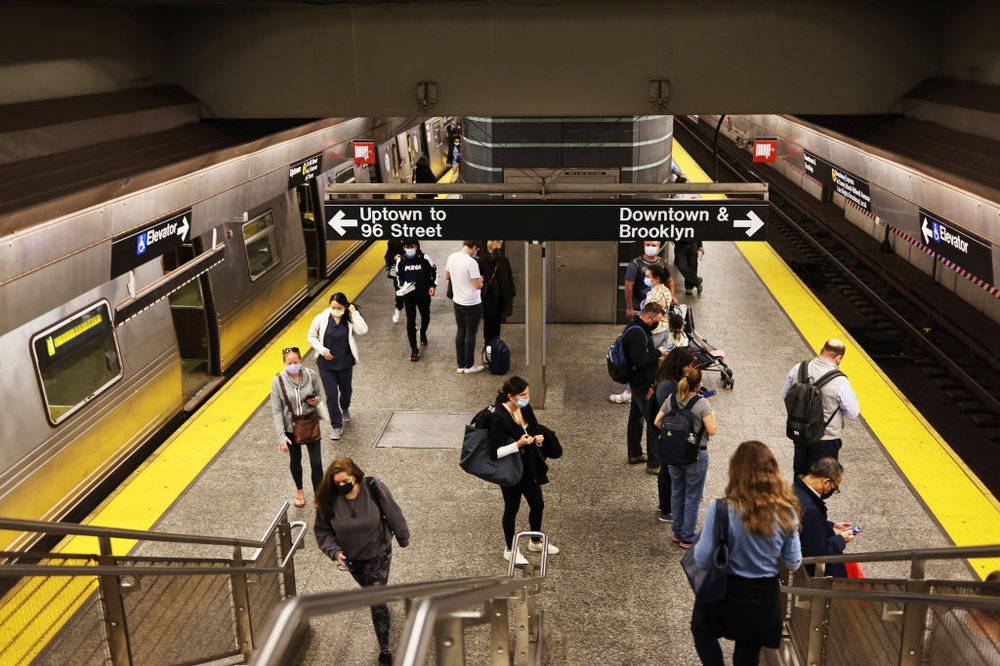MTA starts eminent domain process for next phase of Second Avenue Subway
April 21, 2023, 4:34 p.m.
Phase two of the Second Avenue subway includes building three new stations and extending the Q line from East 96th Street to 125th Street.

This week, the MTA took its first steps toward using eminent domain to acquire nine properties in East Harlem for construction on the next phase of the Second Avenue Subway.
The agency wrote in court filings that it needed the properties at the north end of the 116th Street station in order to dig the new tunnels.
Phase two of the Second Avenue Subway includes building three new stations and extending the Q line from 96th Street to 125th Street. There will be new stations at 106th Street, 116th Street as well as a new, lower level that connects to the existing 125th Street station at Lexington Avenue.
Recent documents show the project could have a price tag of $7.7 billion. The MTA is hoping federal grants will cover nearly half the costs.
"The filings follow the statutory process laid out in New York law to acquire these parcels, which will allow us to commence this important project for the community of East Harlem," MTA spokesperson Michael Cortez wrote in a statement.
In total, the MTA expects it will need to take over 18 properties in East Harlem for the project. There are dozens of other properties for which the MTA will need to request "temporary easement," or access, during construction.
Among the properties it's looking to acquire are a Pentecostal church and a ground-floor laundromat that appears to have apartments above it.
In court filings, the MTA argues the Second Avenue Subway extension will benefit the entire city.
“The new line will make the neighborhoods of the East Side more accessible not only to those who live there, but to visitors and workers traveling from other parts of New York City as well,” agency lawyers wrote in the filing. The agency also said the new line will support emerging growth in several areas, including East Harlem, the Lower East Side and Chinatown.
The MTA has been counting on congestion pricing to help fund projects like the next phase of the Second Avenue Subway. It still remains unclear whether federal officials will approve the program to charge drivers a fee to enter Manhattan below 60th Street.
The MTA had hoped congestion pricing would’ve gone into effect by 2021. The current expectation is that if federal officials approve it this spring, it would go into effect by 2024.
Congestion pricing is expected to bring in $1 billion a year, which the MTA would use to generate $15 billion through bond sales, all of which would go to capital projects.
On Friday, New York Reps. Jerry Nadler and Dan Goldman sent a letter to Pete Buttigieg, the secretary of the U.S. Department of Transportation, asking him to quickly approve the plans. They called congestion pricing a “virtuous cycle” that reduces traffic and funds mass transit.
“The people of New York City have waited long enough,” Nadler said Friday at a press conference. “The time to move forward on congestion pricing is now.”